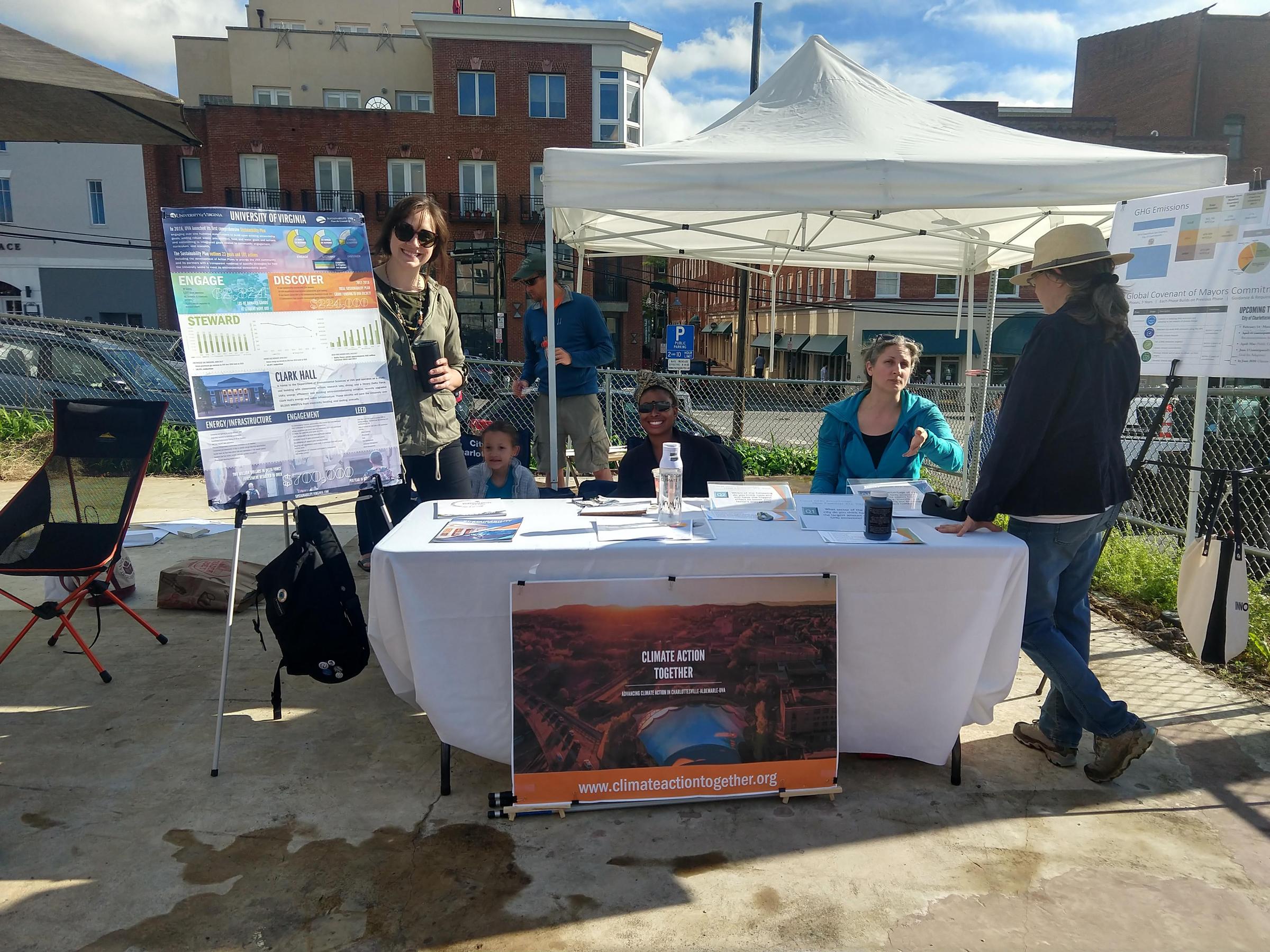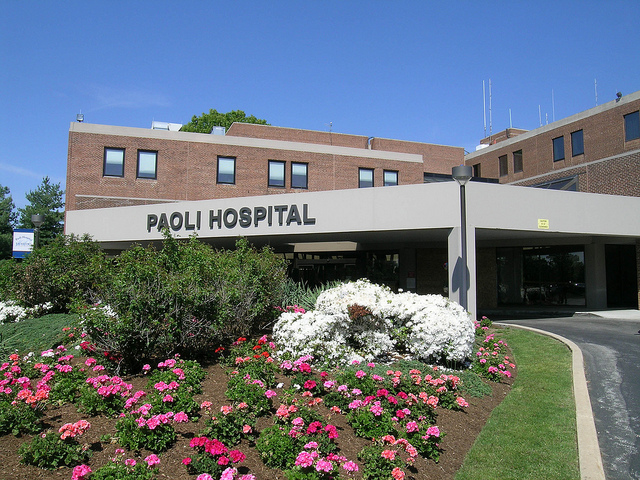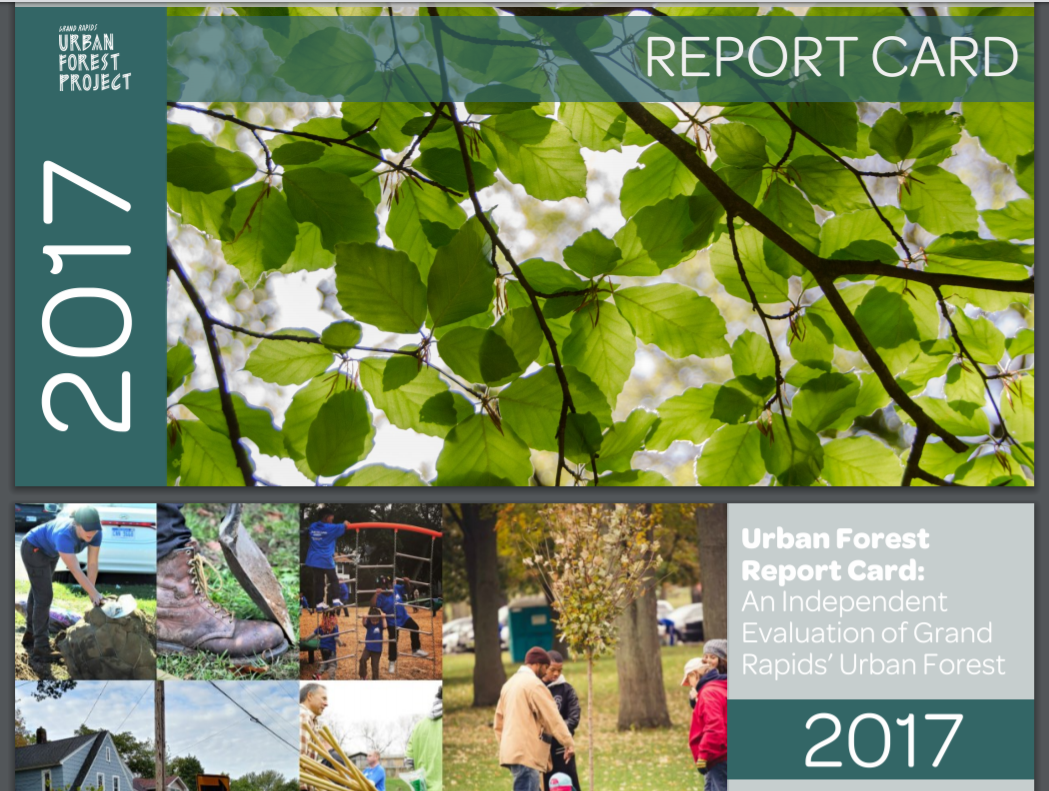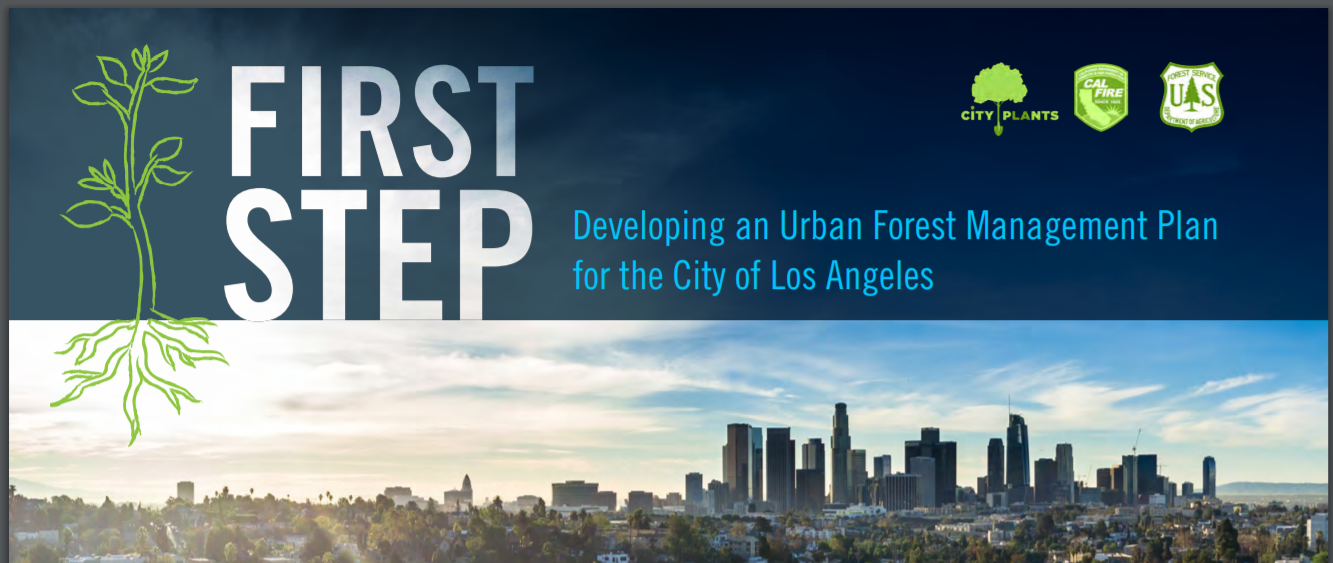It wasn’t news then, but it is now.
Long before the American Revolution, Pennsylvania’s founder — William Penn — determined that Philadelphia should be planned as “a Greene Countrie Towne which will never be burnt and always be wholesome.” Within two decades, homeowners were required to plant trees on their lots.
Wholesome … and healthy
William Penn was right. But it took three centuries for science to catch up. At a suburban Philadelphia hospital in 1984 scientist Roger S. Ulrich undertook a landmark study suggesting views of nature through a hospital window could speed recovery for surgical patients.
Even so, it took several decades more for the relationship between trees and health to hit the headlines, attract supporters and draw funds to promote community health.

By 2020, the concept that trees were closely linked to human well-being was firmly established. Prominent international journals, like the Lancet, continuing publishing articles that support what William Penn knew intuitively.
Make your cause a headline issue
Even if it’s placed on page 13, people will begin to notice.
Personalize it
Dry presentations of fact rarely convince anyone to act. What works is storytelling — explaining the issue through the stories of people who’ve lived it.
When a good story is being told, listeners are not only engaged. They’re also involved — both in head and heart. Harvard Business Publishing, 2018
Even more potent: when people tell their own stories. Like in this story about the Baltimore Urban Wood Project aired on NBC News. For tips on learning how to become a better storyteller yourself, check out this post.
If you get them in the room or on Zoom, don’t bore’em
Despite their ubiquity, slide presentations tend not to be a good sales tool. They’re linear, and don’t allow you to move the conversation where your audience wants to go. If you must, do them in the morning; people are sluggish after lunch. And don’t dim the lights too much. For online presentations and conferences, don’t just show slides. Leave plenty of air so others can join the conversation.
The grading gambit
US News has built nearly an entire business on giving out grades — for colleges and universities, for hospitals, even medical specialists and a lot of other things. People pay attention to these lists.
Likewise, environmental and conservation groups try to ignite interest in their issues with grades or lists.
- The Chesapeake Bay Program provides an annual report on the Bay’s health. This year’s grade: C. Policymakers pay attention. So do their constituents.
- American Rivers publishes an annual list of the ten most endangered rivers in the US — front-page news in many communities. The theme? They’re everywhere and need to be fixed.
- The Trust for Public Land just published its 2020 guide to the best city parks. Arlington, Virginia ranked fourth. Note the mix of quantitative and qualitative assessment.
- American Forests, in 2012, rated 10 cities based on their care and stewardship of urban forests.
Can you “grade” urban forestry programs? Yes!
Demonstrate what you have, compare it to what you need.
You may have to do it yourself unless another local group has already compiled one. Check with your municipal arborist or forester, and with other local tree groups. Many have public-access data sets you can draw on. In some communities, reports have already been published on where the community is doing well, where its doing okay, and where it has to do a better job altogether. Doing better: that’s what you’re trying to do.
Or you can create your own — using assessment tools on the web, including those featured on the Vibrant Cities Lab. With near-zero GIS skills you can determine roughly the level of benefits your county’s trees are providing [i-Tree County] and explain why the outcomes you care about — say public health, or energy conservation — fall short of where they should be. If equity is your concern — whether all residents enjoy the benefits of a robust tree canopy — i-Tree Canopy and i-Tree Landscape can provide a snapshot of who’s being well served, and who’s not.
Review operations and planning
If you believe your community’s urban forestry program is underfunded, understaffed or simply under-performing, use the Assessment and Goal-Setting Tool. The Tool is designed to identify how well your community matches up with best practices culled from high-performing urban forestry programs. Some communities — Los Angeles, for one — have convened small groups to work through the Assessment — not only to identify areas for improvement, but to develop consensus on how to achieve it.
Raise your profile inside the tent
- network relentlessly
- write op eds, blogs or articles and place them where you can, with prominent co-authors if you can
- show up at meetings
- identify allies through the Forest Service’s STEW-MAP tool or your own contacts
- be a regular presence at public events
 At farmers’ market and festivals, for example.
At farmers’ market and festivals, for example.




